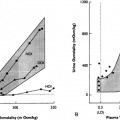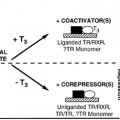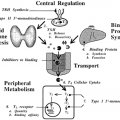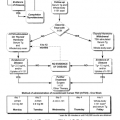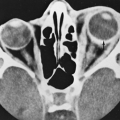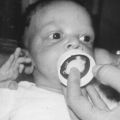LUTEINIZING HORMONE AND FOLLICLE-STIMULATING HORMONE IN PERIPHERAL BLOOD
LH and FSH circulate in blood predominantly in the monomeric form found in the pituitary gland; little evidence exists for prehormones or smaller active fragments. However, changes in properties, such as the ratio of bioactivity to immunoactivity, have been reported in various states of aging, steroid environments, and GnRH analog administration. Some of these changes are apparently due to inaccuracies in determination of gonadotropin immunoreactivity.55 In monkeys, ovariectomy leads to a slight increase in molecular size and a decrease in the clearance rate of LH and FSH, which can be reversed by estrogen treatment. In aging men, the ratios of bioactivity to immunoactivity for both LH and FSH decrease.56,57 During GnRH antagonist administration, FSH bioactivity decreases much more quickly than does immunoactivity. This phenomenon has been explained by the demonstration of FSH isoforms in human serum that block the bioeffect of FSH on the gonads.58 Apparently, the secretion of these isoforms is stimulated by the GnRH antagonist. In all these situations, the conventional radioimmunoassays yield inaccurate assessments of the level of bioactive gonadotropins in blood. This error can be usually eliminated by use of two-site immunoassays.
Stay updated, free articles. Join our Telegram channel

Full access? Get Clinical Tree


